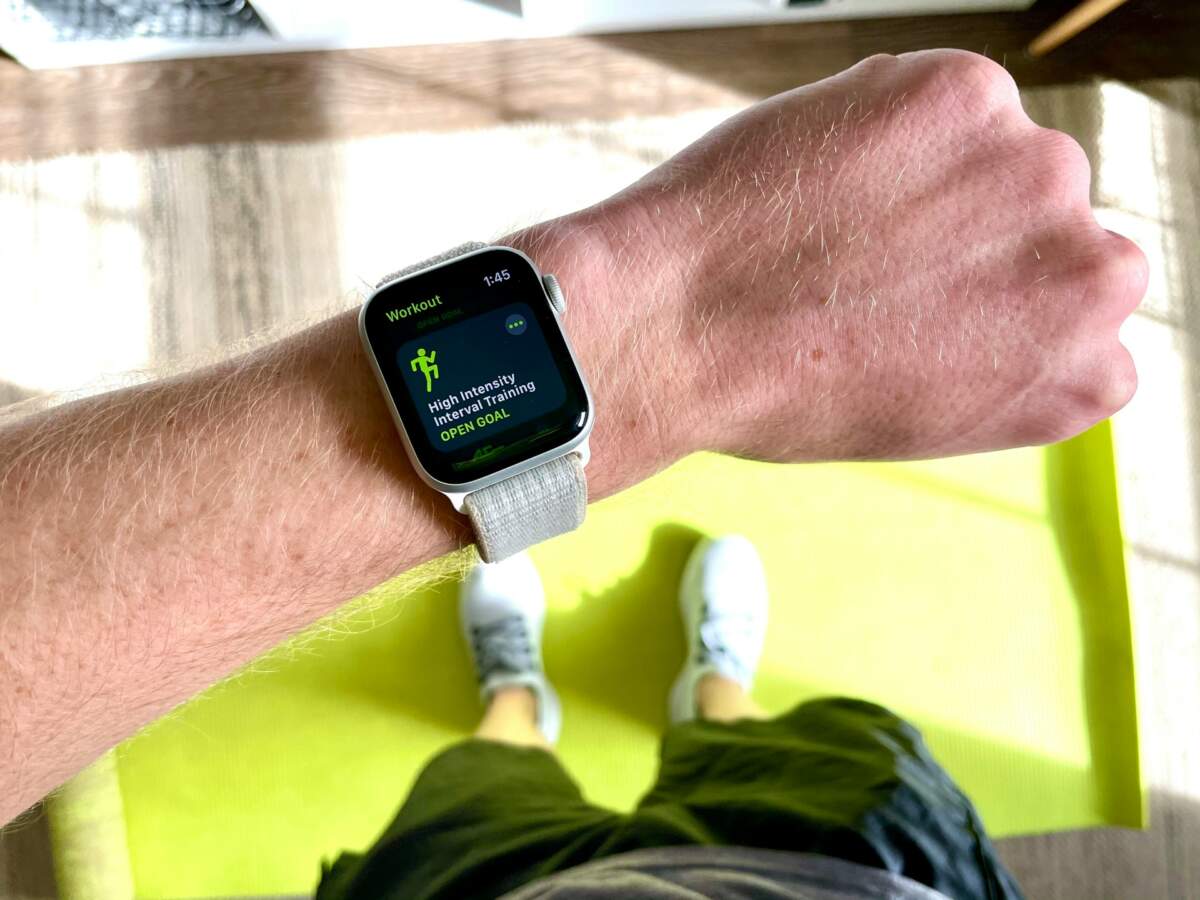Wearable technology has moved from novelty items to essential tools that intertwine fashion with innovative functionality, transforming not just the way we look but how we live.
These devices once stood as simple step counters or cool gadgets, but they’ve rapidly expanded into something much more profound—redefining fitness, health, and style in one fell swoop.
This blog explores how wearables are evolving beyond expectations by blending cutting-edge technology with sophisticated design. If you’re keen to see how smart fashion is revolutionizing industries and daily life alike, keep reading.
Why Wearable Tech Is Taking Over
Gone are the days when wearables were clunky and limited to the fitness-focused crowd. Today’s wearable technology is sleek, powerful, and multipurpose.
Innovations like advanced fitness trackers and smartwatches have cemented their place as must-have gadgets, but their potential extends far beyond counting calories and sending message notifications.
What’s driving this shift? For one, consumer demands have skyrocketed as people seek products that not only perform but also look great.
Manufacturers are now focusing as much on aesthetics as they are on functionality, leading to seamless integrations of technology into fashion.
Health and Fitness at the Core
The marriage of wearables and fitness tracking marked the first major leap forward. Fitness trackers such as Fitbit or Garmin revolutionized how users monitored daily activity, but newer devices are setting a much higher bar.
Modern wearables now boast features such as:
- Real-time health monitoring: Devices like the Apple Watch can detect irregular heart rates or blood oxygen levels, alerting users and even contacting emergency services.
- Sleep optimization: For those looking to improve their rest, wearables analyze sleep patterns and offer insights to boost nightly recovery.
- Event prediction: Advanced fitness trackers identify trends in behavior to anticipate health events, such as oncoming migraines or fatigue.
These features empower users to take control of their well-being in ways never before possible.
Fashion Steps Into Wearable Technology
One of the major criticisms early wearables faced was their lack of aesthetic appeal. Fitness bands were functional but rarely stylish. Thankfully, the industry has embraced a more “smart fashion” approach, producing products that marry elegance with utility.
In the ever-evolving world of beauty and skincare, investing in cutting-edge treatments can make all the difference. If you’re looking for a non-invasive way to achieve firmer, more youthful skin, Sofwave price is worth exploring. This advanced technology stimulates collagen production, reducing fine lines and wrinkles without the need for surgery or downtime. As beauty trends come and go, Sofwave stands out as a true game-changer, offering long-lasting results that make it a smart investment for those serious about skincare.
Brands like Louis Vuitton now offer high-end smartwatches, and companies like Ringly have introduced jewelry that doubles as a powerful notification tool. Wearables aren’t just accessories anymore—they’re statements.
Some exciting developments in wearable fashion include:
- Clothing with integrated sensors: From yoga pants that correct your posture to full outfits that track performance metrics, clothes are becoming smarter every day.
- Solar-powered designs: Brands are releasing pieces that can charge themselves, eliminating the need for frequent battery swaps.
- Customizable aesthetics: Many wearables allow for interchangeable bands or covers, so you can adapt your tech to suit any outfit.
Pushing Beyond Personal Use
Wearable tech also has applications far beyond personal fitness and fashion statements. Businesses are finding creative ways to utilize wearables for operational improvement. For instance:
- Workforce monitoring: Smart wristbands can track on-the-job fatigue levels and provide insights into employee well-being.
- Augmented reality in the workplace: Devices like smart glasses are transforming industries like logistics, where hands-free functionality ensures uninterrupted productivity.
- Healthcare advancements: Hospitals now use wearables to remotely monitor patients’ vitals and offer long-term care solutions.
This expansion into enterprise and institutional settings solidifies the role of wearable tech in larger societal shifts.
The Role of AI in Wearables
One of the most exciting developments in wearable technology is the integration of artificial intelligence. AI enhances the experience by enabling wearables to learn, personalize, and adapt to their users’ routines.
AI applications currently making waves include:
- Improved interaction with voice assistants like Siri and Alexa on smartwatches.
- Predictive insights from health trackers that evolve based on user-generated data.
- Smart coaching to better guide workouts, using AI to create personalized fitness routines.
The addition of AI not only enhances the device’s power but makes it increasingly intuitive, encouraging long-term use.
Challenges Yet to be Tackled
While the potential of wearable technology seems limitless, the industry faces several key hurdles:
- Battery life constraints: Although some models feature solar or kinetic charging, many wearables still struggle to maintain longevity without frequent recharges.
- Privacy concerns: With an influx of personal data being gathered, users demand greater transparency in how companies are storing and using this information.
- Affordability barriers: Premium smart fashion products can be prohibitively expensive, limiting access for the average consumer.
To overcome these challenges, manufacturers must focus on innovation while maintaining integrity, ensuring wearables remain accessible and beneficial.
What to Expect Next
Looking ahead, it’s clear that wearable technology has no intention of slowing down. We can expect wearables to become even more deeply integrated into our everyday routines. Some emerging trends include:
- Smart textiles: Clothes that self-adjust to weather conditions or body temperature are on the horizon.
- Wearable implants: Advancements in medical technology may allow wearable devices to exist within the human body.
- Full AR integration: Augmented reality functionalities will continue to evolve, paving the way for more immersive experiences.
The merging of functionality with fashion ensures wearables will remain a dominant force, increasingly indispensable to individuals and industries alike.
Get Ahead of the Curve
Wearable tech is changing the world by enhancing how we interact with information, care for ourselves, and express individuality through fashion. Whether you’re a tech enthusiast or a stylish innovator, the future of these devices is an exciting frontier.
By understanding the current trends and upcoming innovations, you too can position yourself at the intersection of smart fashion and cutting-edge technology. Who knows? Perhaps your next outfit will be just as intelligent as your phone.










